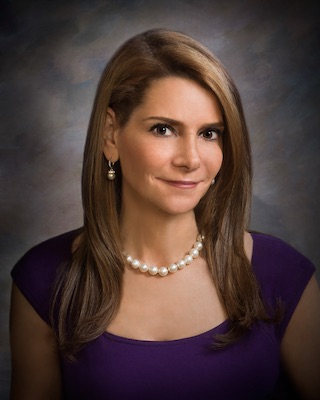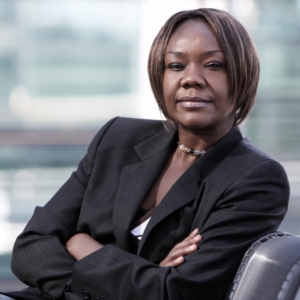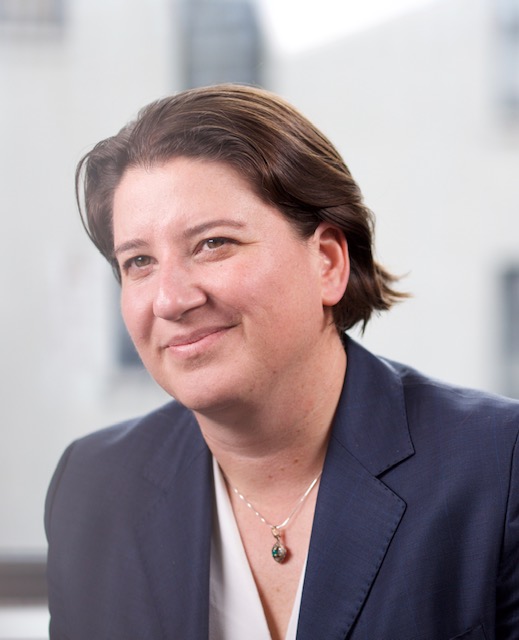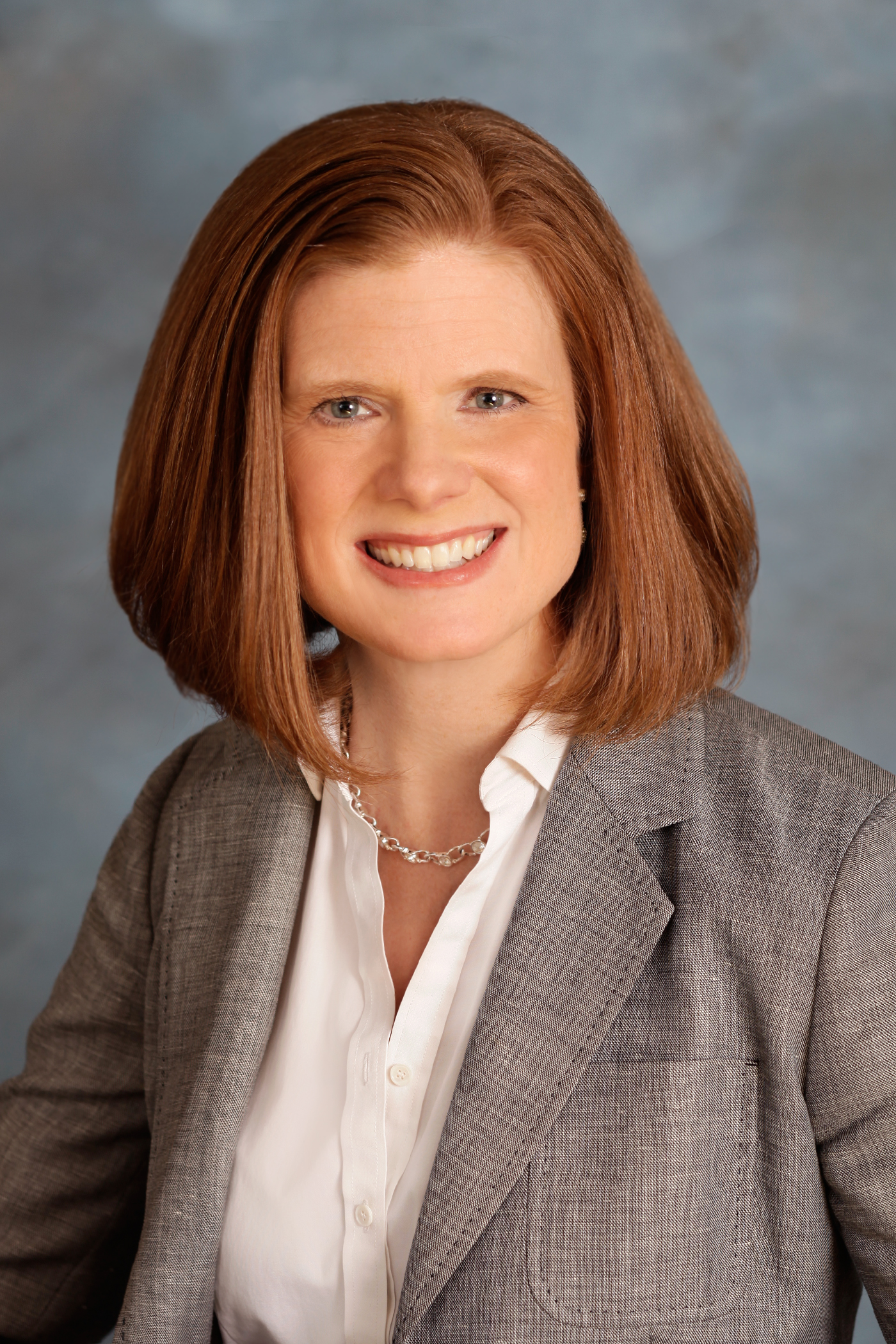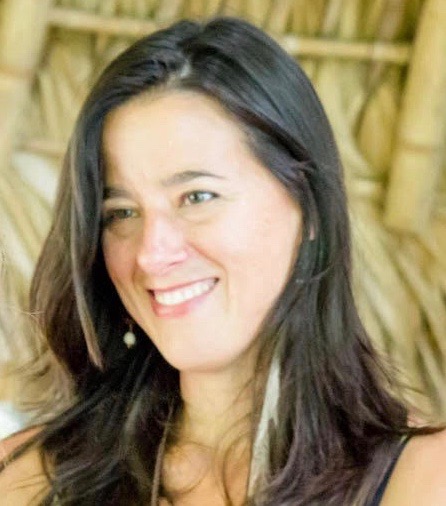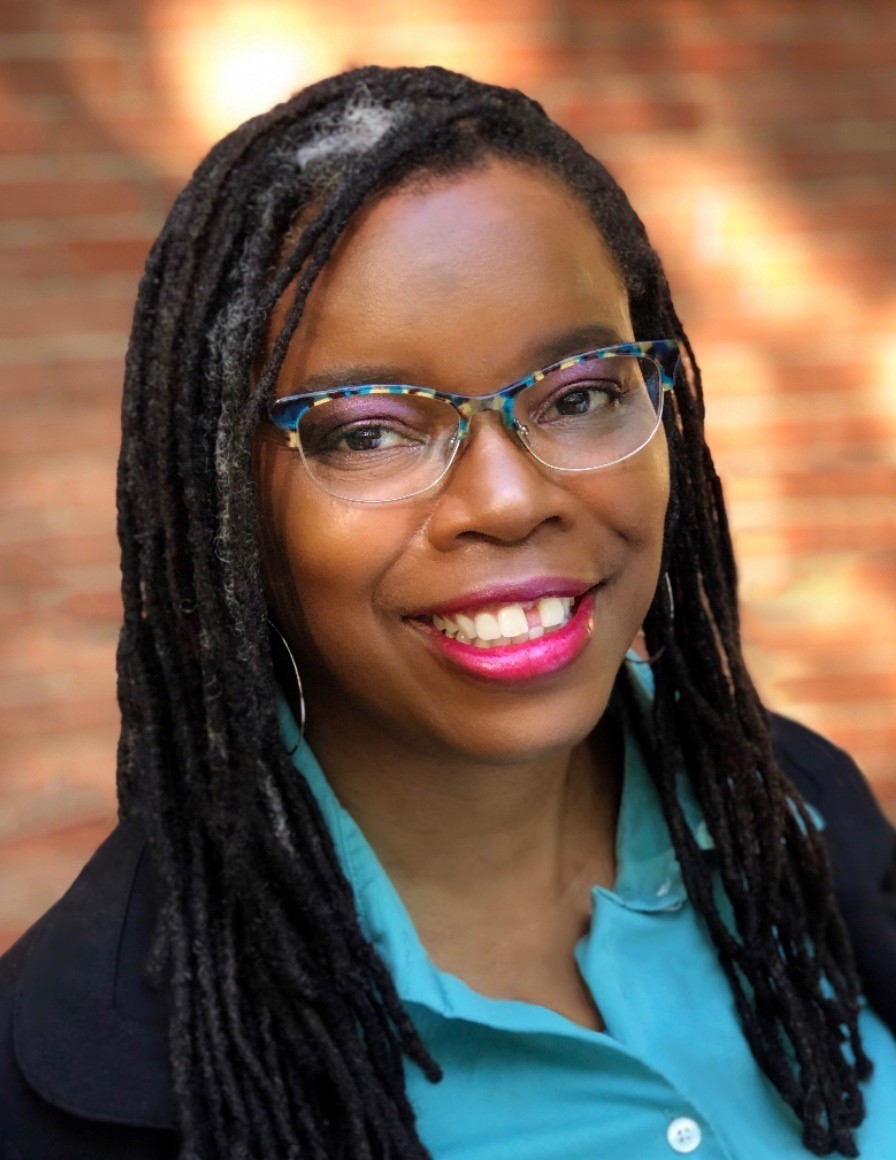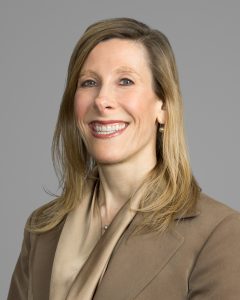“Those who can help, should help.”
That’s the impetus behind Liz Elting’s mission, as founder and CEO of the Elizabeth Elting Foundation, which lifts up women and marginalized populations in education, health and other ways.
Using Her Success to Help Others
Elting’s philanthropic ability comes from previous work success. She always loved languages—learning four of them while living, studying and working in five countries. After graduating from college with a degree in world languages, she worked at a translation company in production and sales which prompted her to realize the practice could likely be done better. After three years she decided to go back to school and earned her MBA from NYU; shortly after graduating, she held a finance position in a French bank and quickly realized it wasn’t for her. “As the only woman professional there, whenever the phone rang, they would call for me,” she says.
That led her to strike out on her own, where she started her own translation company. Over the next 26 years she grew TransPerfect into the world’s largest language solutions company, with over $600 million in revenue, more than 5,000 employees and 11,000 clients and offices in more than 90 cities worldwide.
In 2018 she sold her half of the company in order to focus full time on philanthropy, launching the Elizabeth Elting Foundation, which revolves around pure philanthropy, but also supporting entrepreneurs.
A Wide-Ranging Mission
The foundation has recently launched the Halo Project to meet the needs of those affected by COVID-19. “It’s a public health and economic catastrophe unlike anything we’ve seen; not only did it spread like wildfire faster than we could understand, but it painfully underscored structural inequalities,” she says. The foundation aims to identify areas where they can have the best impact, and it was an easy pivot to focus on women since they are often on the front lines.
Other important areas the foundation services include public health, such as the International Waldenstrom’s Macroglobulinemia Foundation, designed to help research and treat a rare kind of lymphoma, which Elting’s father has. He had been told he had five years to live and now the common diagnosis has expanded to 18 years, signifying satisfying and rewarding progress.
She also does work with the American Heart Association, helping to raise awareness of women’s heart issues, an important need given that most heart research is directed toward men. Thanks to her work with Go Red for Women and her participation with the board, she’s become connected with other groups to help spread the word about heart disease prevention. For example, the foundation has installed a blood pressure kiosk at the Campaign Against Hunger’s sites to help those populations get their blood pressure checked. She also has supplied Susan’s Place, a women’s shelter in Harlem, with equipment like blood pressure cuffs.
Other work includes donating to the National Organization for Women and helping support “Leftover Cuisine,” which takes extra restaurant meals directly to food banks. She was able to connect a friend who works with auto dealers to help supply the cars and drivers as a win-win to keep the dealerships’ teams employed while delivering much-needed food to the food banks.
In addition, Elting is active with her alma maters, including Trinity College where she attended undergraduate school and the NYU Business School. Her foundation gives four annual MBA scholarships for high-performing women, along with investing in two entrepreneurs a year.
As she considers areas where she can make a difference, Elting prioritizes research to make sure the money is going to the right causes and confirm exactly where the funds are going. So, for example, when she makes a cash donation to the food bank, she wants to make sure that every dollar goes to food. With the AHA, she made sure the donation directly funds the blood pressure station drive rather than being directed to a more general fund, and at NYU, she directly gives to the scholarships.
“It’s important to clarify where your money is going, which makes it more rewarding and fulfilling,” Elting notes.
In her spare time, Elting loves to read and is a self-described “news junkie.” With two teen sons, she loves to indulge in outdoorsy hobbies, like skiing and the beach, and looks forward to resuming travel when the time is right.

